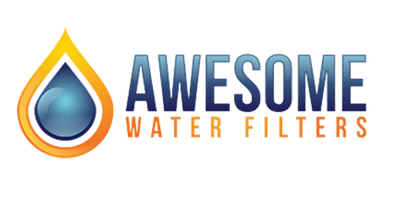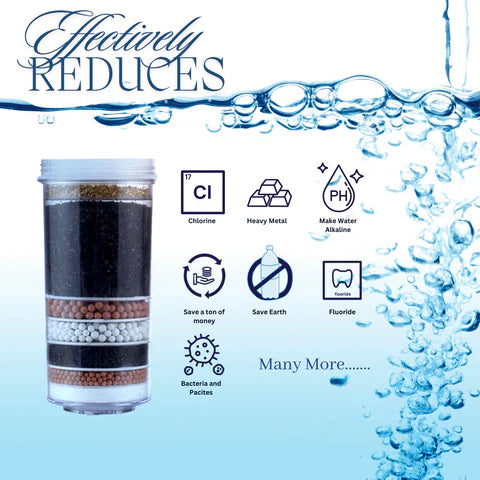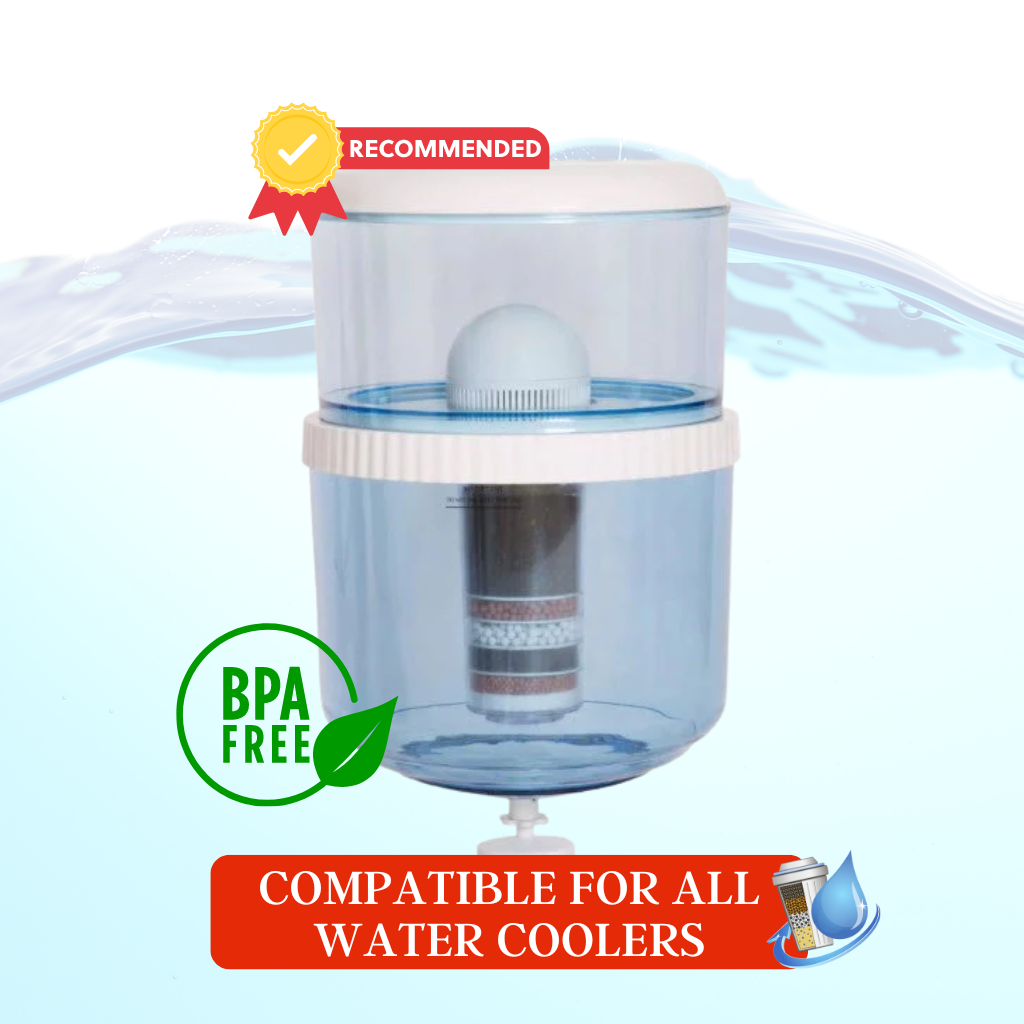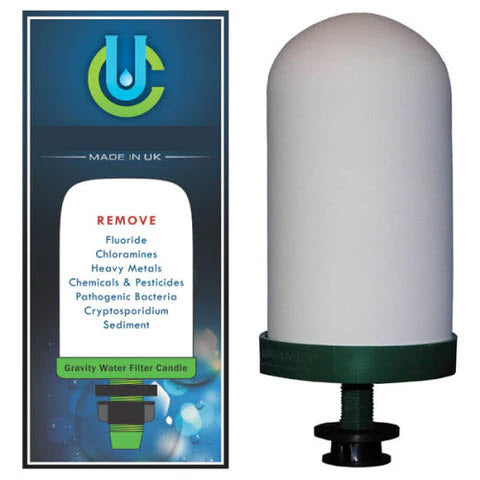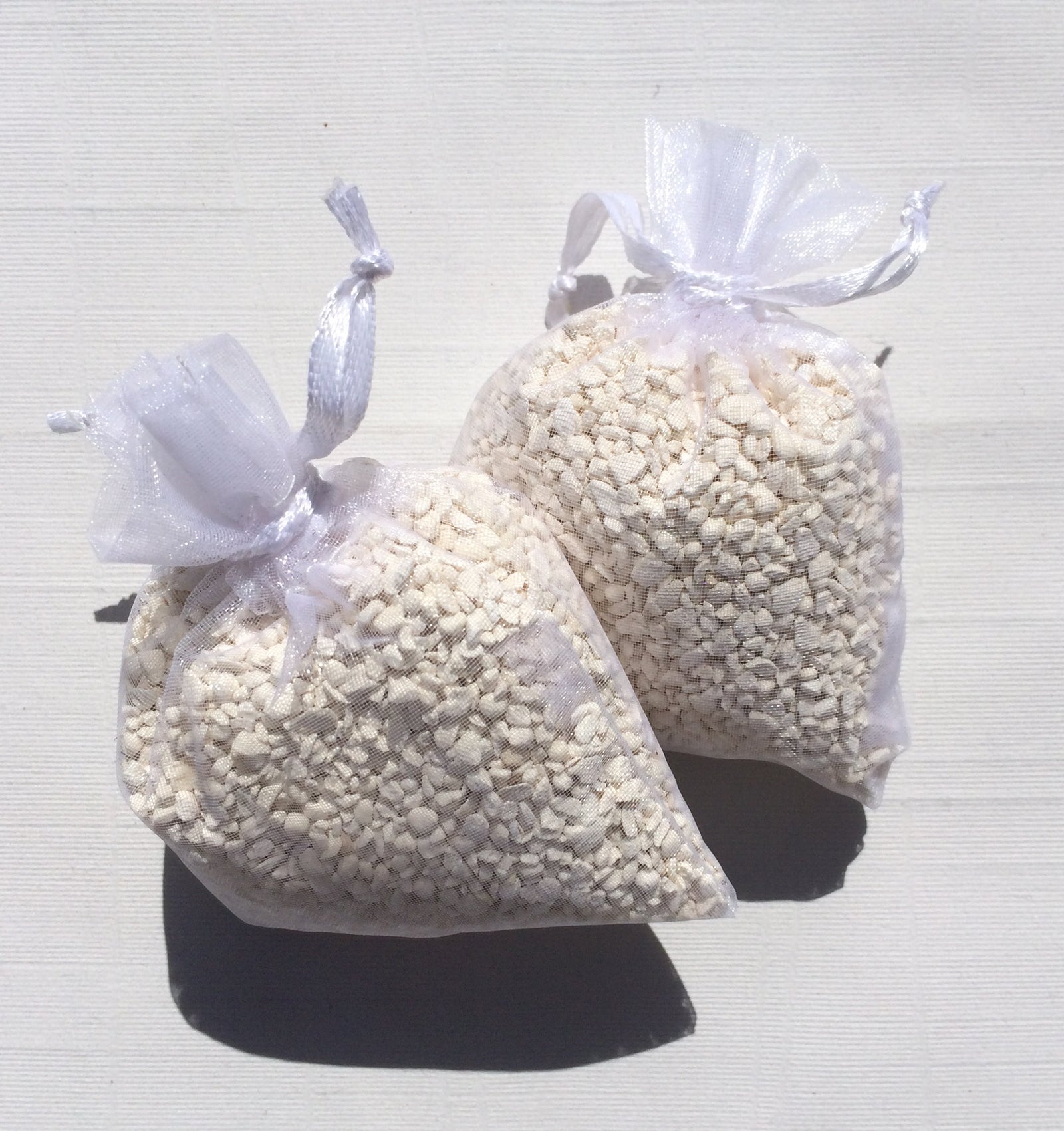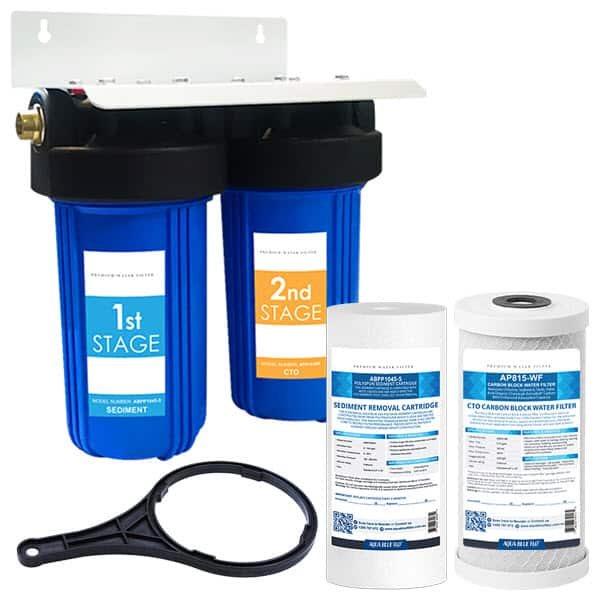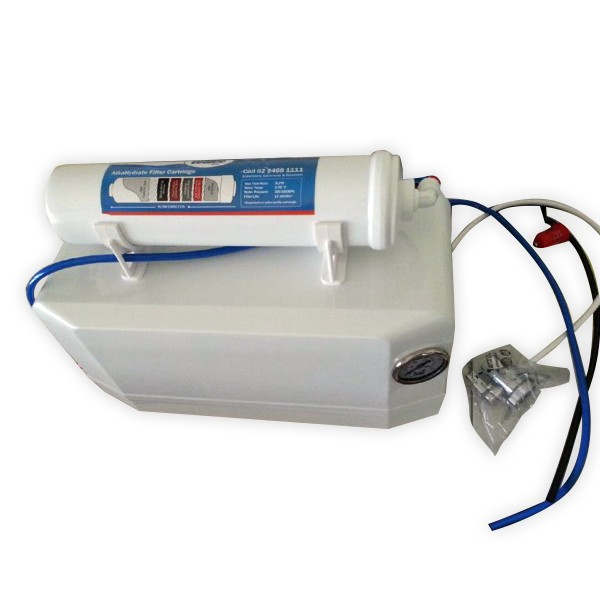Delivered quickly and they were easy to replace.
Great Awesome Deals! Fast Shipping Across Australia!
Menu
-
- Personalised Water Filter Order & Invoice Assistance
-
Water Coolers
-
Water Filters & Purifiers
- Water Cooler Spare Parts
-
Water Filter System
- Water Filter Cartridges
- Water Filter Jug
- Water Bottle
- Benchtop Water Filter
- Water Distiller
- Replacement Water Filter Cartridges Guide
-
Locations
- Awesome Water Filters in Adelaide
- Awesome Water Filters in Darwin
- Awesome Water Filters in Hobart
- Awesome Water Filters in Brisbane
- Awesome Water Filters in Gold Coast
- Awesome Water Filters in Wollongong
- Awesome Water Filters in Sydney
- Awesome Water Filters in Melbourne
- Awesome Water Filters in Perth
- Awesome Water Filters in Canberra
-
- Home
- FAQ
- Contact Us
- Shipping | Return | Refund | Warranty
- Install it with Airtasker
- Awesome News
- 1-800-789-781
- Login
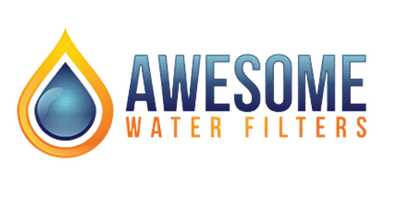
Great Awesome Deals! Fast Shipping Across Australia!
Whole House Water Filter Vs. Reverse Osmosis
June 10, 2021 4 min read
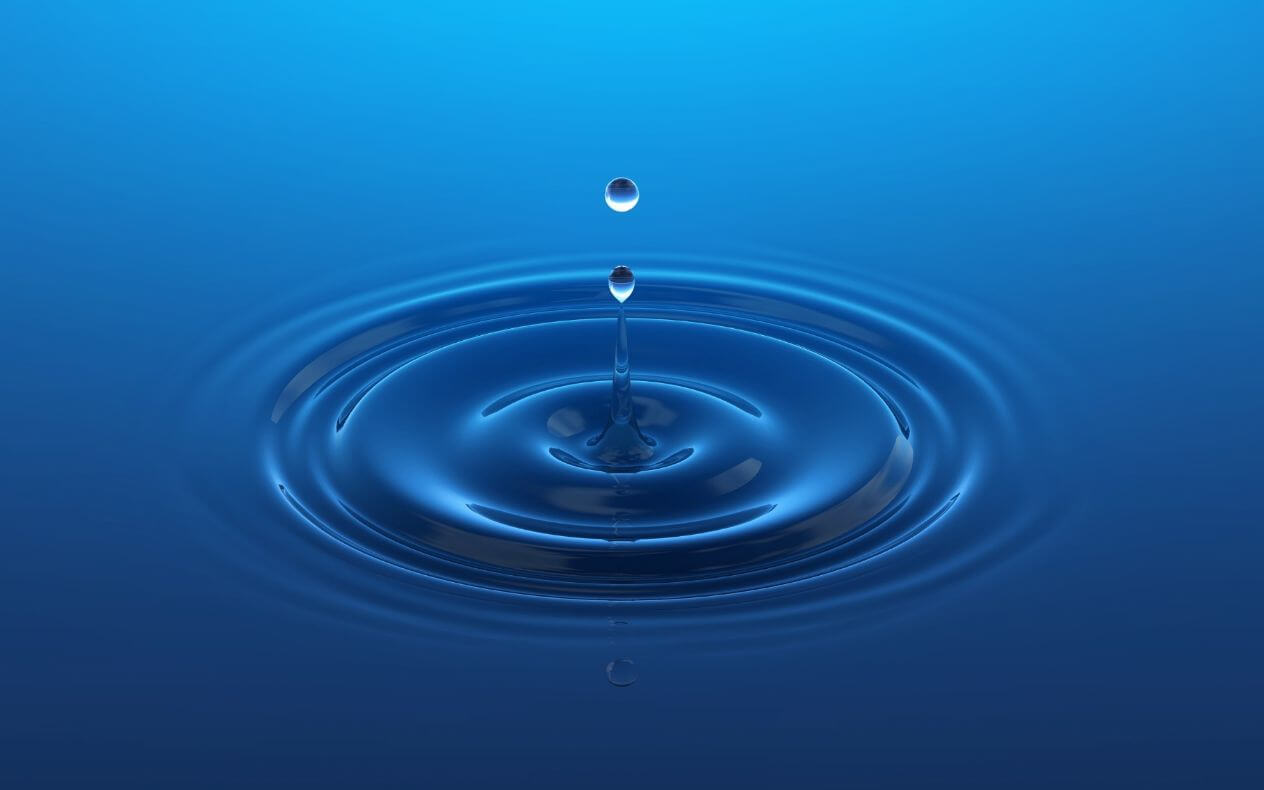
I can’t emphasize enough how important is water in our lives. We can’t live without it, and it’s almost impossible to survive a day without a good supply of water. That’s why we must invest in a good filtration system in our homes. The higher the water quality, the better the health and welfare of everyone in your family. One of the popular systems that people are confused about is the whole house water filter vs. reverse osmosis.
In this complete guide, we’ll walk you through these two filtration systems to help you out with what’s best for your whole family. Both processes have one goal, and that’s to provide you with better water. But they have different methods to arrive at the final destination.
WHOLE HOUSE WATER FILTER VS. REVERSE OSMOSIS
DEFINITION AND PROCESSES
WHOLE HOUSE WATER FILTER (Point of Entry)
The first difference between the two systems is that the whole house water filter system operates on a wider scale when it comes to its scope. It helps disinfect byproducts, minimize feces, remove harmful fertilizer from the system, and combat waterborne bacteria like legionella and norovirus. However, rather than focusing on one location, it filters all of the water.
A whole house filter is a point of an entry system that treats water for the entire house. You can see this at the main water line. Whole-house filters have a much higher flow rate. It cleanses water for general purposes like cleaning, bathing, and laundry. Filtration micron sizes ranging from 10 to 30 microns are used in whole-house systems to treat pollutants. Because of the greater micron size, water can be filtered swiftly from the main water line, across the house, and into every faucet.
REVERSE OSMOSIS (Point of Use)
Reverse osmosis is a great and perfect way to filter your home’s tap water. It also decreases inorganic solids. By filtering the water via a semipermeable membrane, a barrier that allows certain particles to flow through but not others, the process removes a substantial percentage of pollutants from your drinking water, making it healthier to consume. Because of the large number of impurities that this type of filtration system removes, it’s quite a favorite among both homes and business owners.
The most convenient and effective form of water purification is reverse osmosis. It was originally designed to desalinate seawater and is the same filter used in bottled water.
WHOLE HOUSE WATER FILTER VS. REVERSE OSMOSIS
LIST OF CONTAMINANTS REMOVED FROM YOUR WATER
Most people want to compare and discover if a water filter or a reverse osmosis water filtration system can remove pollutants in water. If you’re one of those people, you should know that it’s crucial to realize that both of these systems are quite effective at eliminating contaminants, but they remove them in slightly different ways.
Whole House Filter
- Chlorine
- Sediment
- Chloramines
- Solvents
- Fuel Oil
- Organic Contaminants
- Other Dangerous Disinfectants
You can gain additional benefits by adding UV protection to your whole home filter. Bacteria, viruses, and diseases are all killed, so they can’t increase. The method also lowers dangerous germs, including E. coli, cryptosporidium, and giardia, by up to 99.9%.
Reverse Osmosis
- Arsenic V
- Barium
- Cadmium
- Copper
- Chromium 3
- Chromium 6
- Cysts
- Flouride (approximately 93.8% reduction)
- Lead
- Selenium
- Total Dissolved Solids
- Radium
- Turbidity
- Salts and nitrates
- Viruses (including Hepatitis A, Rotavirus, and Norovirus)
- Bacteria (Salmonella, E. Coli, Shigella, etc.)
- Protozoa
The method removes many minerals but leaves essential minerals like magnesium and calcium to still benefit from it.
KEY DIFFERENCES

- Reverse osmosis systems purify drinking and cooking water. You can usually find it installed under the sink.
- The main water line is where a whole house water system is installed to treat all the water that passes through the house.
- The entire house system differs from a reverse osmosis system because it filters water for the whole of the house.
- Reverse osmosis systems are highly concentrated and slow to work, while entire house water systems purify water quickly to flow freely throughout the home.
- Reverse osmosis systems remove a wide range of contaminants from drinking water, whereas whole house filters filter specific toxins from the entire house.
THE BEST TYPE FOR YOUR HOME
There’s no better type than the other when it comes to water filtration systems. Choosing between them boils down to your needs. Do you want filtration throughout your home? If that’s the case, you might want to consider whole-house water filtering systems. Even if you can avail of whole-house reverse osmosis systems, they are more typically employed to provide drinking water than a whole-house solution. If you need a water filter that doesn’t require removing too many contaminants, you can opt for this type.
Do you want filtered water to drink? A point-of-use solution, like a reverse osmosis system, put under your sink faucet, maybe an amazing alternative. These devices take up little space and offer hundreds of gallons of clean drinking water each day.
If you’re still undecided between water filters and reverse osmosis systems, consider combining the two. In this case, you’d install a reverse-osmosis system to deliver drinking water at your sink faucet while installing a water filter with activated carbon installed where tap water pumps into your house.
TEST YOUR WATER
You will not know what you need unless a professional will your water. It’s a good idea to have your water quality tested. By reading the water quality report issued by your municipal water supplier, you may get a rough sense of what toxins are present in your tap water. It gives you a better overview of what water filter method would best fit your home.
FINAL THOUGHTS
The whole house water filter vs. reverse osmosis can be a confusing comparison at first. But we hoped we helped you in choosing the right one for your home. Have your water tested by professionals and decide on what method is the one for you. You can drink and cook with bottled-quality water if you have a reverse osmosis system. The whole-house filter will provide clean, clear water to every faucet and shower in the house.
Do you have more questions? Don’t hesitate to contact Awesome Water Filters!
Subscribe
Sign up to get the latest on sales, new releases and more …
